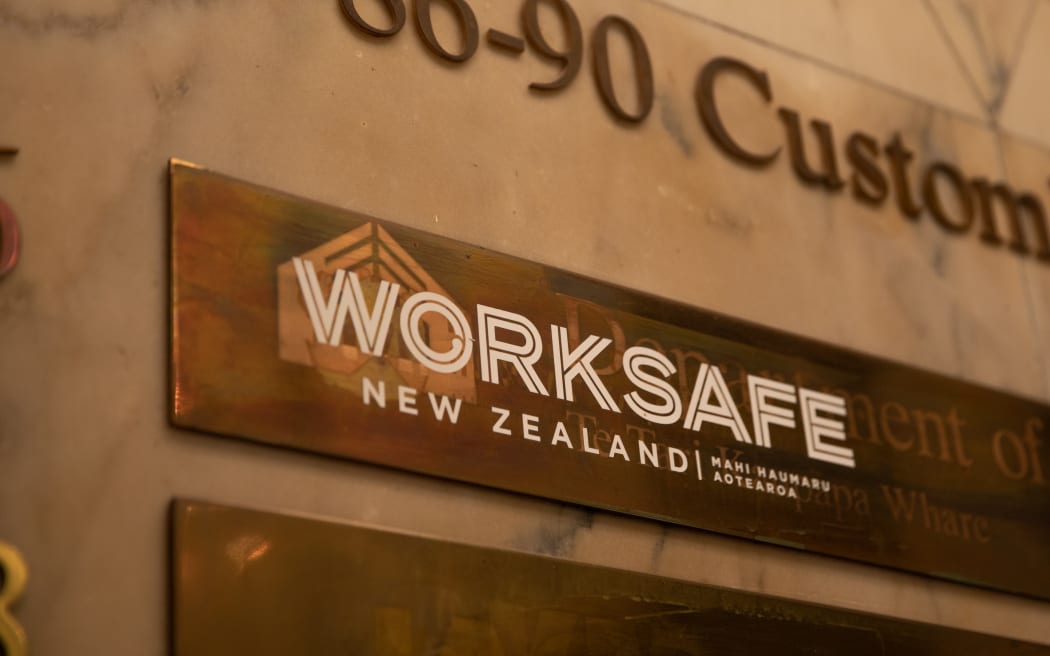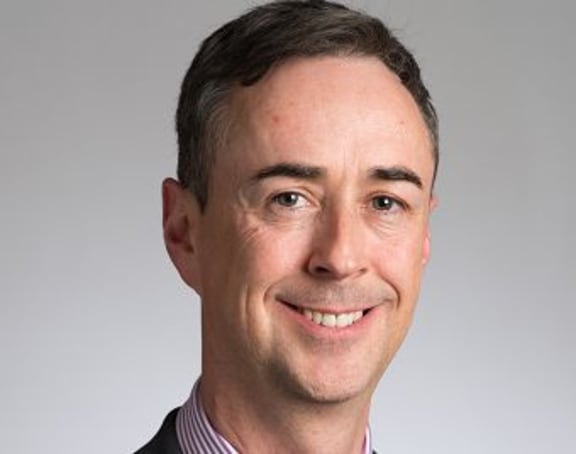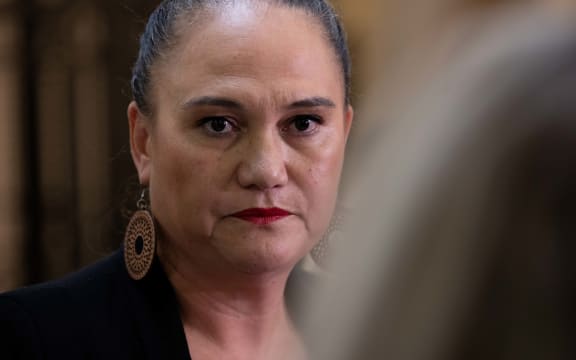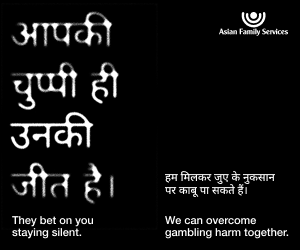'Shrunken' WorkSafe making broad cuts to services

WorkSafe, under fire already for not doing enough to enforce workplace safety, is cutting back on what it does to save money.
Its chief executive met with senior staff last week to discuss ways to manage its costs.
RNZ understands Phil Parkes laid out how WorkSafe is facing a multi-million-dollar deficit, having already said behind closed doors that the 760-strong agency had a sinking lid on jobs.
The government in the last Budget in May identified $4 billion of future savings and told ministers to rein in their agencies.
"We are holding back a lot of positions", Parkes said in May, an OIA request shows.

WorkSafe chief executive Phil Parkes. Photo: WorkSafe
Inspectors and investigators would not be cut, "because we already know that those numbers are not as high as they should be. And I want to make sure that those don't go any lower".
However, on Friday WorkSafe told RNZ that four key leaders had left since February, including the national manager of critical response, the head of the general inspectorate, and the national manager of investigations. They had not been replaced "while WorkSafe determines its future needs in relation to these roles".
A review last year found a lack of clear thinking at WorkSafe, and that it was ineffective.
The sinking lid comes at the same time as the agency's spending on external contractors and consultants has doubled to $20m.
Also, it is engaged in the expensive overhaul of its IT system, and is fresh off the independent review that painted a picture of an underfunded agency that was unable to clearly describe its role, noting it came across "some instances of known harm where WorkSafe appears to be taking little or no intervention action".
Parkes told staff on 8 May, according to OIA documents: "We're going to have to do less and we're going to have to be really careful about what we invest in and what decisions we make."
The quarterly report to the minister up to March 2023 showed WorkSafe meeting many of its intervention targets at businesses, even though inspector numbers had kept dropping per capita, to about six per 100,000 people, down a quarter over a decade.
Since then, circumstances had gotten tougher, according to the OIA speeches.
"There's no money in the government system ... all Crown agencies are being asked to save money," Parkes told staff.
The Ministry for Culture and Heritage is another that is changing its operating model, in part due to financial drivers, it confirmed to RNZ recently.
"We've got to find $3 million by the end of June," WorkSafe's boss told staff in May, inviting anonymised or open questions.
"You will see more cost reduction measures coming through your teams.
"Next year it's likely to be the same", he said, referring to 2024.
Existing "experienced" staff were covering for the four key positions vacated this year.
"Current arrangements for these roles will not impact how WorkSafe performs its regulatory function," WorkSafe told RNZ.
Also, it recently canned seven top leadership roles, replacing them with five new ones. Six seniors were redeployed, and one made redundant.
This was called streamlining and a simplification, with "less executives at the top table", to improve operations and speed up decisions but mostly to make safety interventions smarter, "driven by insights", papers from 2022 and April this year said.
Overall staff numbers have hovered around 760.
If a team lacked people, it would not be asked to do the same with fewer resources, but to reprioritise, pause some things, go faster with others, or stop some entirely, Parkes said in May.
"We'll just be clear with the board and with the minister what we can't do in our shrunken baseline funding for this year."
Asked if she had concerns about WorkSafe's performance, the Minister for Workplace Relations and Safety Carmel Sepuloni said WorkSafe had received additional funding several times since 2017 to support it with "short-term cost pressures" like Covid-19 and the Whakaari / White Island litigation.

Minister for Workplace Relations and Safety Carmel Sepuloni. Photo: RNZ / Angus Dreaver
"WorkSafe's baseline funding has not decreased," she said in a statement.
The 2022 independent review was clear that WorkSafe was performing its regulatory role, but has work to do to "achieve a sustainable funding model and clarity about the outcomes".
She received regular updates on this work, Sepuloni said.
"Operational decisions on staffing are a matter for WorkSafe and the WorkSafe Board," she added.
Unplanned turnover has been at 16 percent; last year across the core public sector it was about 17 percent, way up on normal due in part to Covid.
Late on Friday, WorkSafe in a statement told RNZ: "WorkSafe remains committed to developing our strategy and responding to the recommendations of the [2022] Strategic Baseline Review."
Neither the minister or WorkSafe commented on the doubling of spending on contractors, other than for WorkSafe to point out that for contractors on their own, spending had been largely steady.
WorkSafe, under fire already for not doing enough to enforce workplace safety, is cutting back on what it does to save money.
Its chief executive met with senior staff last week to discuss ways to manage its costs.
RNZ understands Phil Parkes laid out how WorkSafe is facing a multi-million-dollar...
WorkSafe, under fire already for not doing enough to enforce workplace safety, is cutting back on what it does to save money.
Its chief executive met with senior staff last week to discuss ways to manage its costs.
RNZ understands Phil Parkes laid out how WorkSafe is facing a multi-million-dollar deficit, having already said behind closed doors that the 760-strong agency had a sinking lid on jobs.
The government in the last Budget in May identified $4 billion of future savings and told ministers to rein in their agencies.
"We are holding back a lot of positions", Parkes said in May, an OIA request shows.

WorkSafe chief executive Phil Parkes. Photo: WorkSafe
Inspectors and investigators would not be cut, "because we already know that those numbers are not as high as they should be. And I want to make sure that those don't go any lower".
However, on Friday WorkSafe told RNZ that four key leaders had left since February, including the national manager of critical response, the head of the general inspectorate, and the national manager of investigations. They had not been replaced "while WorkSafe determines its future needs in relation to these roles".
A review last year found a lack of clear thinking at WorkSafe, and that it was ineffective.
The sinking lid comes at the same time as the agency's spending on external contractors and consultants has doubled to $20m.
Also, it is engaged in the expensive overhaul of its IT system, and is fresh off the independent review that painted a picture of an underfunded agency that was unable to clearly describe its role, noting it came across "some instances of known harm where WorkSafe appears to be taking little or no intervention action".
Parkes told staff on 8 May, according to OIA documents: "We're going to have to do less and we're going to have to be really careful about what we invest in and what decisions we make."
The quarterly report to the minister up to March 2023 showed WorkSafe meeting many of its intervention targets at businesses, even though inspector numbers had kept dropping per capita, to about six per 100,000 people, down a quarter over a decade.
Since then, circumstances had gotten tougher, according to the OIA speeches.
"There's no money in the government system ... all Crown agencies are being asked to save money," Parkes told staff.
The Ministry for Culture and Heritage is another that is changing its operating model, in part due to financial drivers, it confirmed to RNZ recently.
"We've got to find $3 million by the end of June," WorkSafe's boss told staff in May, inviting anonymised or open questions.
"You will see more cost reduction measures coming through your teams.
"Next year it's likely to be the same", he said, referring to 2024.
Existing "experienced" staff were covering for the four key positions vacated this year.
"Current arrangements for these roles will not impact how WorkSafe performs its regulatory function," WorkSafe told RNZ.
Also, it recently canned seven top leadership roles, replacing them with five new ones. Six seniors were redeployed, and one made redundant.
This was called streamlining and a simplification, with "less executives at the top table", to improve operations and speed up decisions but mostly to make safety interventions smarter, "driven by insights", papers from 2022 and April this year said.
Overall staff numbers have hovered around 760.
If a team lacked people, it would not be asked to do the same with fewer resources, but to reprioritise, pause some things, go faster with others, or stop some entirely, Parkes said in May.
"We'll just be clear with the board and with the minister what we can't do in our shrunken baseline funding for this year."
Asked if she had concerns about WorkSafe's performance, the Minister for Workplace Relations and Safety Carmel Sepuloni said WorkSafe had received additional funding several times since 2017 to support it with "short-term cost pressures" like Covid-19 and the Whakaari / White Island litigation.

Minister for Workplace Relations and Safety Carmel Sepuloni. Photo: RNZ / Angus Dreaver
"WorkSafe's baseline funding has not decreased," she said in a statement.
The 2022 independent review was clear that WorkSafe was performing its regulatory role, but has work to do to "achieve a sustainable funding model and clarity about the outcomes".
She received regular updates on this work, Sepuloni said.
"Operational decisions on staffing are a matter for WorkSafe and the WorkSafe Board," she added.
Unplanned turnover has been at 16 percent; last year across the core public sector it was about 17 percent, way up on normal due in part to Covid.
Late on Friday, WorkSafe in a statement told RNZ: "WorkSafe remains committed to developing our strategy and responding to the recommendations of the [2022] Strategic Baseline Review."
Neither the minister or WorkSafe commented on the doubling of spending on contractors, other than for WorkSafe to point out that for contractors on their own, spending had been largely steady.









Leave a Comment